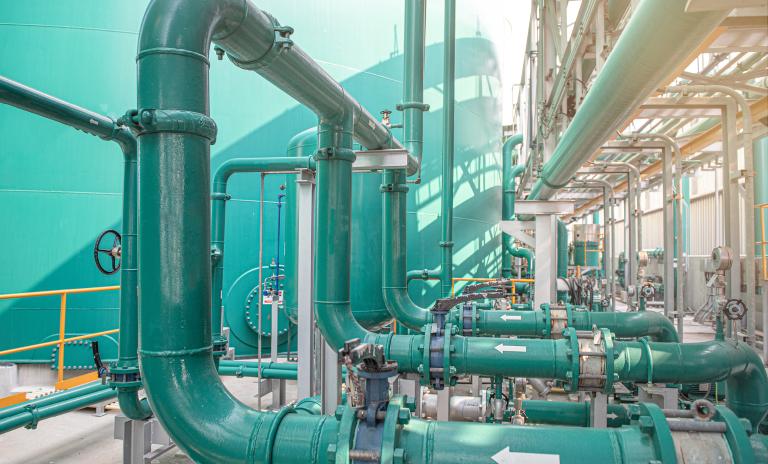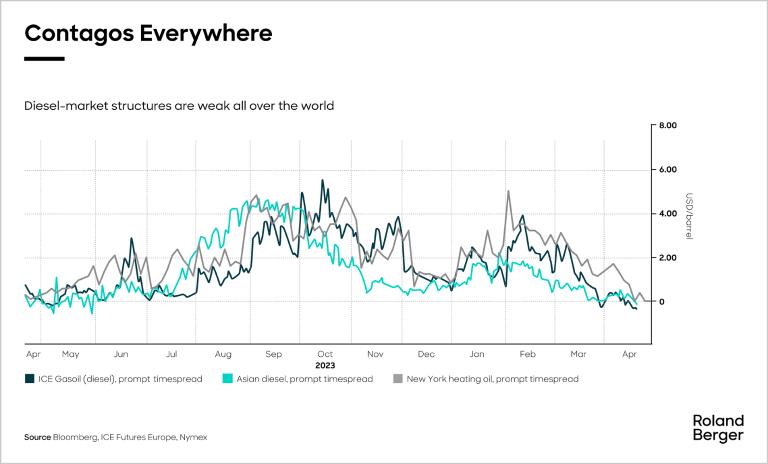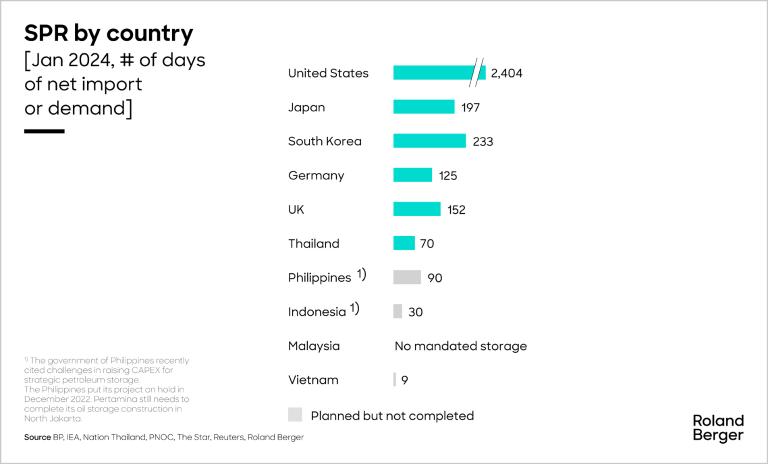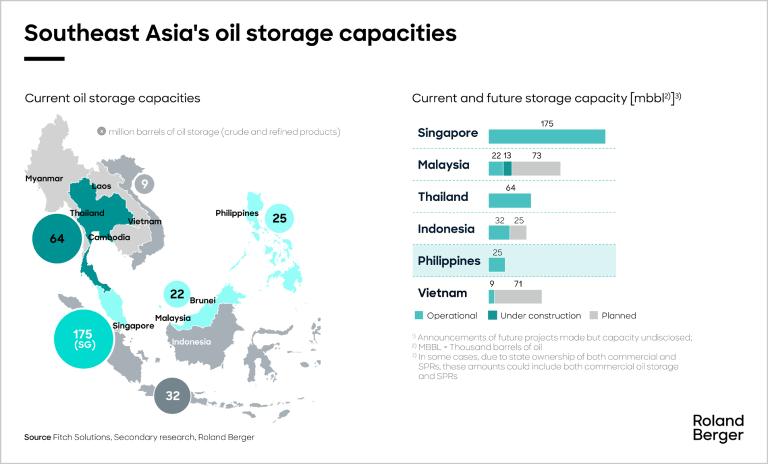Governments in Southeast Asia are making investments in infrastructure and implementing regulatory measures to promote the expansion of the e-commerce and delivery services sector


Petroleum storage in Southeast Asia
By Vincent Ting
SEA's growing petroleum storage demand, driven by rising consumption and import trends, offers M&A and investment opportunities.
"In Southeast Asia, we observe a positive outlook for the petroleum storage market in line with consumption growth."
Petroleum storage plays a vital role at two key stages of the oil and gas lifecycle: after production and before it reaches consumers. It acts as critical infrastructure for smooth trade, shipping, and the maintenance of energy reserves. Long-term increases in consumption and imports, the growing need for dedicated biofuel storage, and government plans to build strategic petroleum reserves are set to drive up petroleum storage demand in Southeast Asia. Several international oil & gas companies are also reviewing their regional asset portfolio, including petroleum storage. Given the anticipated M&A outlook and various value creation possibilities, infrastructure investors entering this market are poised to benefit.

The demand for storage facilities is directly linked to their usage type – commercial and strategic.
Commercial storage is utilized by businesses to manage supplies, operations, and trading. Strategic Petroleum Reserves (SPR), on the other hand, are government-regulated storages intended to ensure energy security during demand spikes or supply disruptions. Within the commercial storage usage type, there are further sub-classes of usage.
-
Trading hub/terminal: Links in- and outgoing flows of crude oil and refined products; supports trading activities.
-
Industrial operations: Integrated with nearby refineries and petrochemical plants to boost efficiency and competitiveness.
-
Regional distribution: Stores products for supply to end-users in connected regions; enables efficient distribution across fragmented geographies and strengthens downstream activities like bunkering.

-
Demand trends:
The demand for storage is strongly influenced by contango periods, a key factor in the current diesel market. The revenue model of petroleum storage operators has a fixed and variable component that largely depends on the duration and storage volume.Contango occurs when future oil prices are higher than the current spot prices. It can be profitable for traders to buy oil at the current lower price, store it, and then sell it in the future when the prices are higher, leading to an increase in the demand for oil storage.

-
Player landscape in Southeast Asia:
Each market in the region mainly consists of a few key players controlling a large proportion of market share.
Competitive intensity is higher in countries where independent storage facility operators control a higher share of total capacities. In Southeast Asia, Singapore is the largest oil storage hub in terms of capacity, while the Philippines and Malaysia have a more fragmented situation with more than 30 operators.

While M&A and greenfield investments are both viable paths to driving growth for independent operators, greenfield investments may be challenging depending on the storage usage type and targeted storage location by the operators.
Among the three sub-classes for commercial storage uses, storage at trading hub/terminals tends to be much larger in size and is a key focus area for greenfield investments. However, the development of new capacities in these areas could be more challenging.
In our full ASEAN Infrastructure Newsletter, we cover the market landscape of petroleum storage in greater detail, as well as value creation levers. Our newsletters also highlight key trends and opportunities across several markets in the Private Equity landscape, including strategies for maximizing value creation .
Register now to access the full study and explore Petroleum Storage 2025. Furthermore, you get regular news and updates directly in your inbox.




